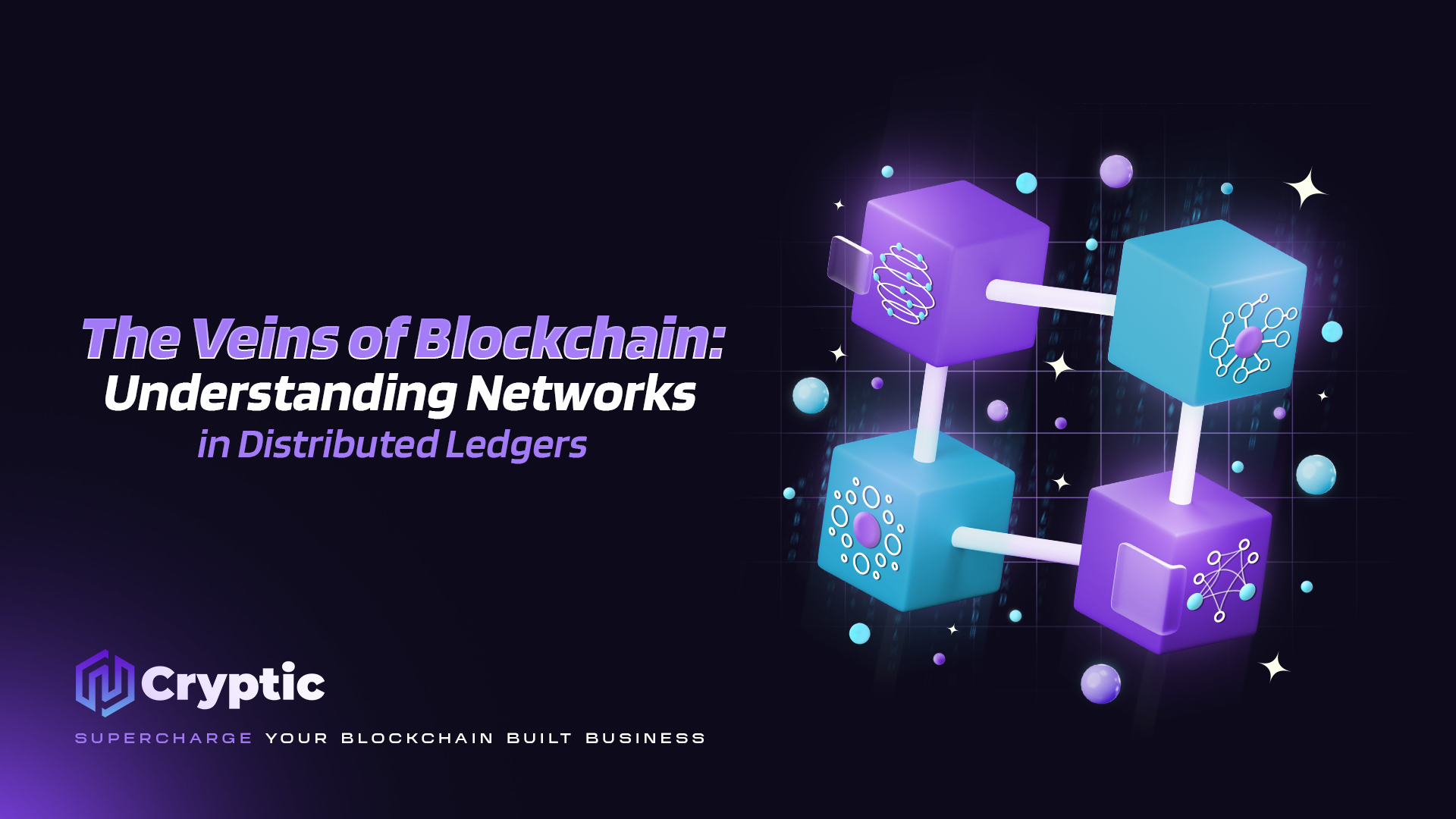In the realm of blockchain technology, where trust and transparency reign supreme, networks act as the vital circulatory system. These networks facilitate communication, synchronize data across participants, and ensure the smooth operation of the entire blockchain ecosystem. This comprehensive guide delves into the intricacies of networks in blockchain, exploring their types, functionalities, and their impact on security, scalability, and overall network performance
Network Architectures: Permissioned vs. Permissionless
At the core of network design in blockchain lies the concept of permission. Here’s a breakdown of the two primary network architectures:
-
Permissioned Networks: Often referred to as private blockchains, permissioned networks restrict access to a predefined set of participants. These participants are typically pre-approved entities, such as banks, corporations, or government agencies. This controlled environment allows for faster transaction processing and enhanced security, as only authorized members can join the network. Consortium blockchains, where multiple organizations collaborate on a private network, are a common example of permissioned networks.
-
Permissionless Networks: Public blockchains, like Bitcoin and Ethereum, exemplify permissionless networks. Here, anyone can join the network and participate in the consensus process. This fosters transparency and decentralization, but it can come at the cost of slower transaction processing times and potentially higher security risks due to the open nature of the network.
The choice between permissioned and permissionless networks depends on the specific needs of the blockchain application. Permissioned networks offer greater control and efficiency for private use cases, while permissionless networks prioritize transparency and decentralization for public applications.
Network Topologies: Shaping Communication Flow
The network topology defines how nodes within a blockchain network connect and communicate with each other. Here are some common network topologies used in blockchain:
-
Star Network: In this centralized model, all nodes connect to a single central node. This node is responsible for validating transactions and broadcasting them to the network. While simple to manage, a star network presents a vulnerability as the central node becomes a single point of failure.
-
Bus Network: Here, all nodes connect to a single shared communication channel, similar to a bus route. This topology is more efficient than a star network but can become congested with high traffic volume.
-
Mesh Network: Nodes in a mesh network connect directly with each other, creating a distributed and resilient communication structure. This redundancy enhances security and fault tolerance, but it can also be more complex to manage compared to simpler topologies.
The choice of network topology depends on factors like scalability requirements, security considerations, and the desired level of decentralization for the specific blockchain application.
Network Performance: Balancing Speed, Security, and Scalability
The performance of a blockchain network is a critical factor for its real-world adoption. Here are some key aspects that contribute to network performance:
-
Transaction Throughput: This refers to the number of transactions a network can process per second. Permissioned networks with limited participants typically offer higher throughput compared to permissionless networks with a larger user base.
-
Latency: This measures the time it takes for a transaction to be completed on the network. Lower latency is desirable for faster confirmation times and a smoother user experience.
-
Scalability: As the number of users on a network increases, its ability to handle the growing transaction volume becomes crucial. Some blockchain networks struggle with scalability, leading to slow transaction processing times and high fees.
Network design plays a significant role in optimizing performance. Consensus mechanisms, block sizes, and the chosen network architecture all contribute to a network’s ability to balance speed, security, and scalability.
The future of blockchain networks is likely to see advancements in scaling solutions like sharding and off-chain transactions. These innovations aim to address the scalability limitations of current blockchain implementations, paving the way for faster, more efficient networks that can handle a larger user base.
Conclusion: Networks – The Lifeblood of Blockchain
Networks are the invisible force that animates the world of blockchain. By understanding different network architectures, topologies, and their impact on performance, we gain a deeper appreciation for the intricate mechanisms that underpin the secure and transparent operation of distributed ledgers. As blockchain technology continues to evolve, network design will remain at the forefront of innovation, shaping the future of decentralized applications and transforming the way we interact and conduct transactions in the digital age.



